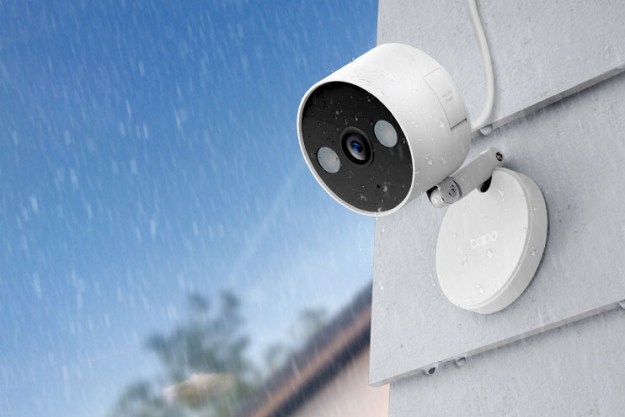
If there’s a secret to living better, it may rest in the quality of the air you breathe. And now, thanks to a partnership between air quality sensor Foobot, Alphabet’s Nest, and Amazon’s Echo, as well as web service IFTTT (which stands for “If This Then That”), your smart home may soon be able to improve the very air that surrounds you. Now available for purchase in both the United Kingdom and the United States, Foobot hopes to give customers actionable insights about the air they’re breathing.
The smart home machine can send its data to smart home hubs, instructing them to switch on connected devices like air purifiers, filters, and more. Or if you’d rather take a more natural approach to things, Amazon’s Alexa might tell you to open a window, or the Nest may boost your ventilation.
Heralded as the first device to act on indoor pollution, the Foobot makes use of internal sensors to look for pollutants like chemicals and particulate matter. Whenever critical levels are reached, the Foobot can now send information to Echo, Nest, and IFTTT, allowing you to take action. Or if you’d like a more visual representation, Foobot’s softly colored LED light changes from blue to red should there be cause for concern. Ultimately, Foobot says, this wealth of information can lead to cleaner air, which can result in healthier, and perhaps, more comfortable lives.
Foobot can tell a smart home device to turn on a filter after you’ve swept up a storm of dust during your cleaning session, or remind you to open an air duct in the bathroom after someone’s used hairspray. And given that we spend an average of 90 percent of our lives indoors, ensuring that the air quality within various buildings is top notch has become a key concern. And while Foobot originally launched as an air-quality monitor, it’s now growing up and helping us do something about it.
Whether it’s particulate matter smaller than 2.5 micrometers (dust, pollen and pet dander), volatile organic compounds (VOCs), toxic gases like formaldehyde and ammonia, or carbon monoxide, Foobot can sense it all. The device can also keep tabs on humidity and temperature so that your living conditions are as comfortable as possible.
If you’re looking to buy a Foobot of your own, you’re in luck — the air monitor has expanded its presence across the U.S., Europe, Australia, and now, the U.K., where it’s available for 170 British pounds (or $226). That’s a tad more expensive than it is in the U.S., where it retails for $199.
Update: Foobot is now available in the U.K., where it works with more than 120 appliances thanks to IFTTT.
Editors' Recommendations
- Is an air quality monitor worth adding to your home?
- Google Home (Nest Audio) vs. Amazon Echo
- Google Nest Mini vs. Amazon Echo Dot: Which Cyber Monday deal is better?



